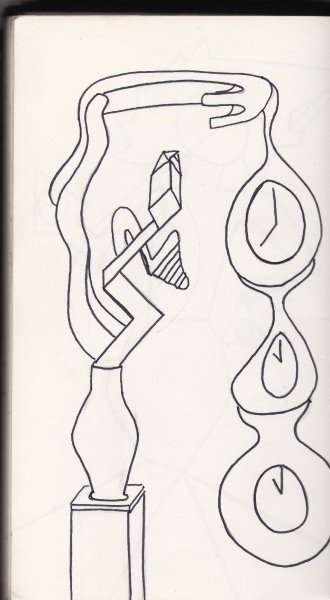Many of us are well aware that excessive (particularly long-term) consumption of alcohol is not good for our body — and is especially not friendly to our liver. But a newly published research study might very well convince us that the effects of alcohol on our liver health are even worse than we may have initially imagined. What’s the sobering research finding? The likelihood that increased cirrhosis-related mortality rates from 1999 to 2016 may be due to alcohol abuse and alcohol-induced liver disease.
What is cirrhosis? Cirrhosis is the irreversible damage or scarring of the liver that deters this vital cleansing organ to function effectively, and/or function at all. It is usually caused by hepatitis B and C, and alcohol consumption.
How can excessive alcohol consumption damage the liver? Let’s start with an obvious effect of alcohol: dehydration. The liver needs water to function effectively, and alcohol is not helpful to this function — in fact, it’s just the opposite. Alcohol is a diuretic, which means it makes a person urinate frequently, thus dehydrating the body. The liver is thus forced to work harder because it has to seek other sources of water. Also, alcohol causes the body to produce a toxic enzyme called acetaldehyde. This perilous enzyme can harm liver cells which may lead to irreparable scarring — a characteristic of cirrhosis.
According to the long-term study, deaths due to liver cirrhosis have increased 65% across all genders and ethnicities; and mortality rates due to liver cancer have doubled. The research also claims that, in a seven-year period from 2009 to 2016, young adults ranging from 25- to 34-years-old have the most increase in mortality rates, due to liver cirrhosis. The researchers suggest that the increased cirrhosis-related mortality statistics were due to high alcohol consumption. In a statement to a news agency, the lead author of the study, Dr. Elliot Tapper, a professor at Michigan University, explains that the binge-drinking culture among these younger adults may explain the reason behind the increased number of cirrhosis-related deaths among this vulnerable population.
To be fair and clear, the liver can handle small intakes of alcohol on occasion, using moderation; however, it cannot — and should not — be forced to process excessive amounts of alcohol. What exactly is excessive alcohol consumption that may damage the liver? A realistic ballpark figure of the harmful amount of alcohol is still unclear. However, in gender based studies, moderate drinking is classified as 12 ounces of 5% alcohol per day for women, and up to two drinks per day for men. Therefore, more than one drink per day for women, and two drinks per day for men can be considered harmful amount. Binge-drinking — which is believe to be one of the culprits for increased cirrhosis-related mortality — refers to the abundant consumption of alcohol in a short space of time. So, binge-drinking will overwork the liver and subject it to the harmful acetaldehyde enzymes — just when the liver is supposed to be doing the reverse for our bodies, in its important mission to regulate our metabolism.
Do your hardworking liver a favor — infuse it with care, not alcohol!
For more information about the research and its findings, click here.
Here’s a list of alternative activities what many people find to be helpful in keeping them away from excessive consumption of alcohol.
Instead of binging on alcohol, trying these alternatives to alcohol






























